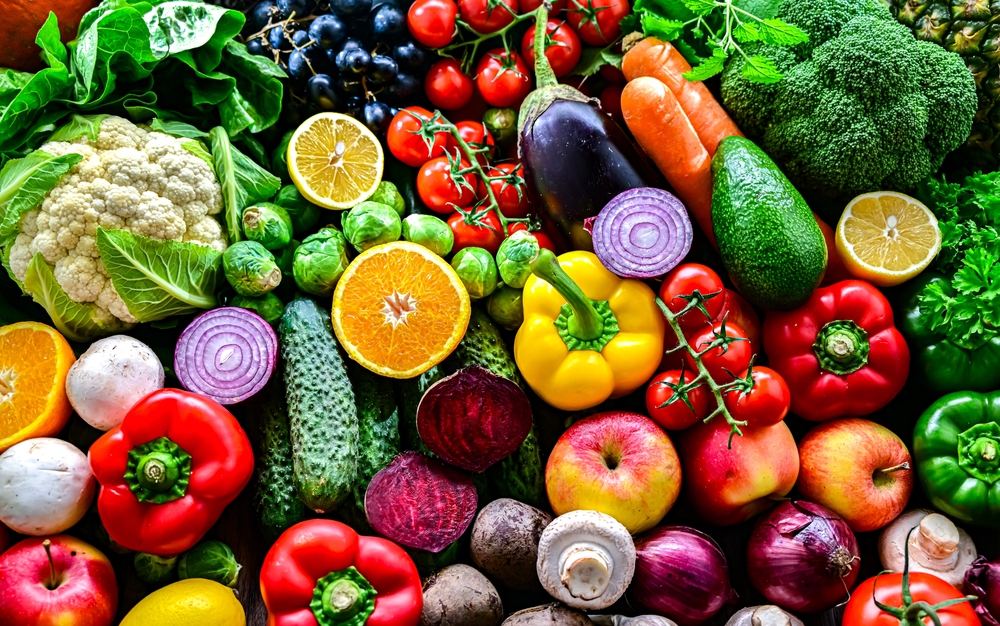Decoding the Science of Food Combining: A Comprehensive Guide
How much thought do you give to combining foods? While the concept may seem relatively new, it has been a part of ancient wisdom for centuries. This article delves deep into the science of food combining, shedding light on its historical roots, scientific credibility, and practical implications for your health.

Tracing the Roots of Food Combining
Food combining, also known as trophology, is a dietary approach that involves eating certain foods together and avoiding others based on how they’re digested. This method has its roots in Ayurveda, a holistic healing system from India that dates back 5000 years. Ayurveda emphasizes the importance of harmonious food combinations to promote optimal digestion, absorption, and overall health.
Despite its ancient origins, food combining has only recently gained scientific attention. Early studies in the 1920s examined the effects of food combinations on digestion, laying the groundwork for later research. Today, emerging studies suggest potential benefits, sparking a renewed interest in the science of food combining.
Food Combining: The Science and the Hype
The fundamental principle behind food combining is that different foods require different digestive environments. Proteins need an acidic environment for digestion, while starches need an alkaline one. Therefore, combining proteins and starches in the same meal is discouraged.
Scientifically, this concept holds some merit. Our bodies indeed have different digestive enzymes and environments for different food types. However, the human digestive system is remarkably adaptive, capable of handling various food combinations efficiently.
The idea that food combining leads to weight loss is another popular claim. While some people report weight loss success, research doesn’t conclusively support this claim. It’s likely the weight loss results from healthier eating habits associated with food combining rather than the method itself.
The Benefits and Challenges of Food Combining
Food combining encourages mindful eating, which can lead to healthier food choices, improved digestive health, and potentially, weight loss. However, it also presents challenges. The rules can be restrictive and confusing, making it difficult to adhere to long-term. It also requires a good understanding of food groups, which may not be practical for everyone.
Despite these challenges, food combining offers an opportunity to tune in to your body’s unique needs and responses to different foods. This can foster a deeper understanding and appreciation of your health.
Fascinating Facts About Food Combining
- Ancient cultures have practiced food combining for centuries, particularly in Ayurveda and Traditional Chinese Medicine.
- Certain food combinations, like beans and rice, are staples in many cultures for their complementary protein profiles.
- Some fruits, like melons, are recommended to be eaten alone due to their quick digestion time.
In Conclusion
The science of food combining offers a unique perspective on nutrition and health. While the scientific evidence may not fully support all its claims, it nevertheless encourages mindful eating and healthier food choices. It’s a testament to the complex, fascinating interplay between food, digestion, and health. As with any dietary approach, it’s essential to listen to your body and consult with a healthcare professional to determine what works best for you.




